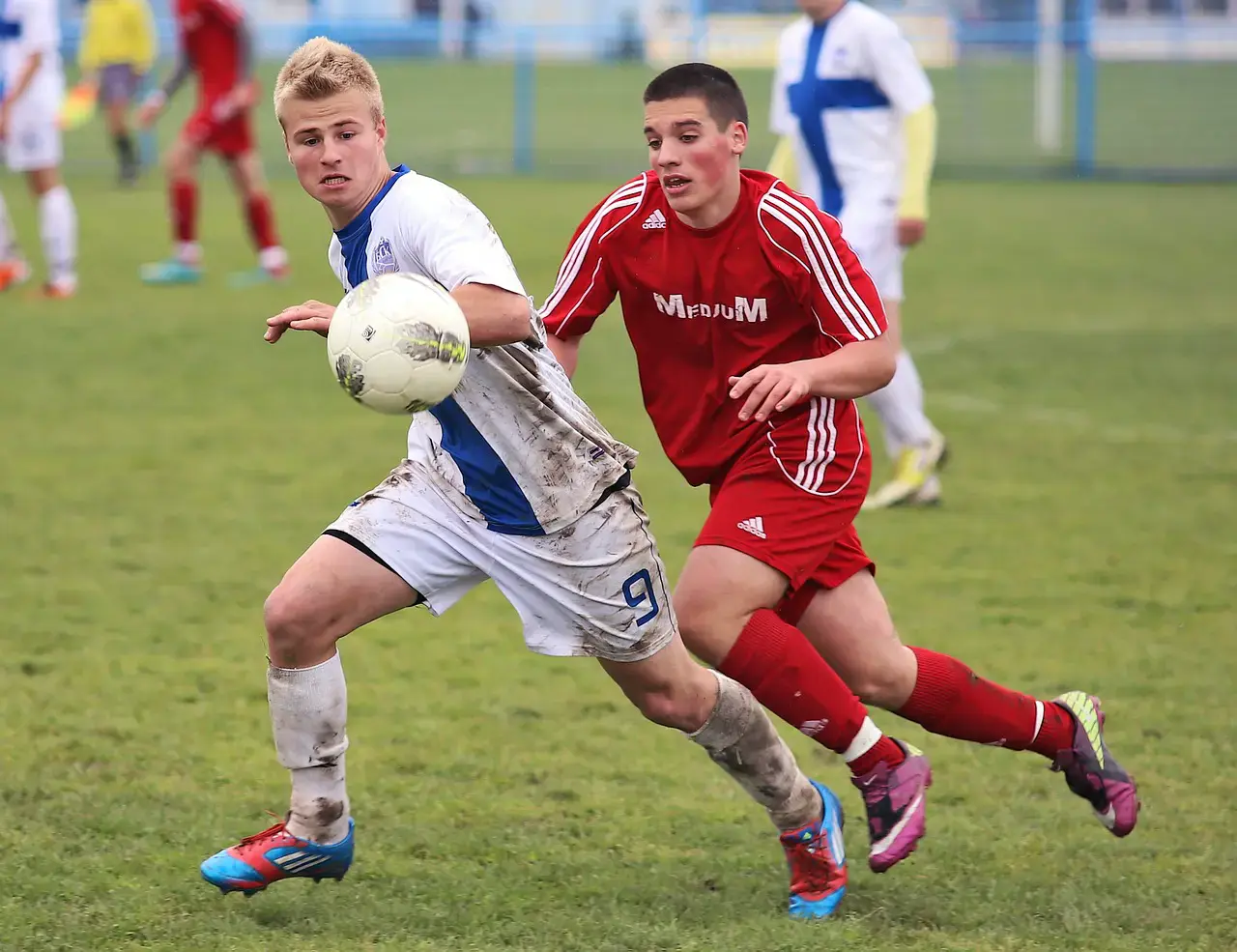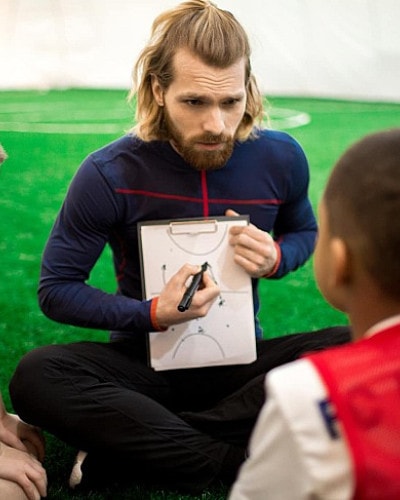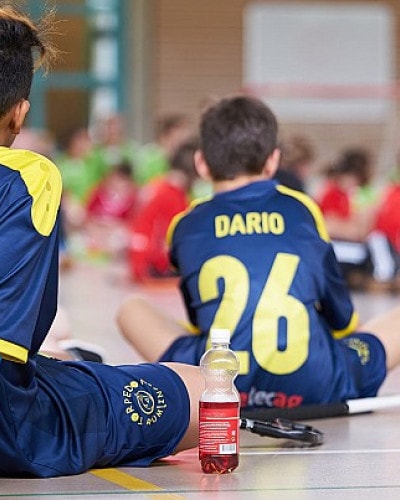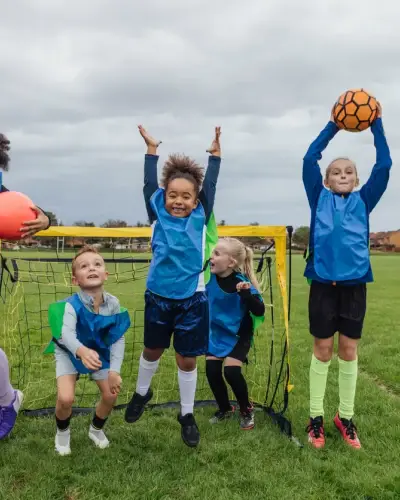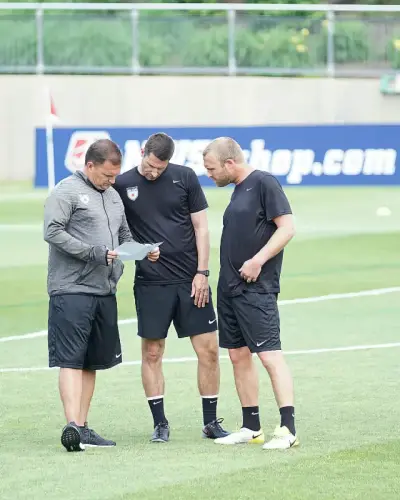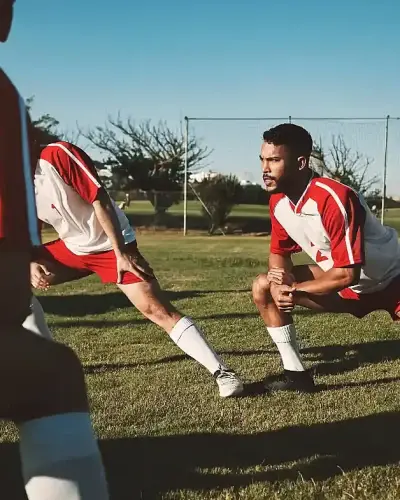Pre-Orientation in Football – The Key to Faster Decision-Making
Modern football is faster, more intense, and more dynamic than ever before. This high tempo increases pressure situations, requiring players to react and think quicker. Footballers like Sergio Busquets, Xavi, Luka Modrić, and Toni Kroos seem to be under less pressure than others. Why? Their pre-orientation skills allow them to read the game ahead of time, anticipate play, and make quick, intelligent decisions.
Pre-orientation is not just about glancing over the shoulder—it's a trainable skill that separates great players from good ones.
1. What is Pre-Orientation?
Pre-orientation is a player's ability to scan their surroundings before receiving the ball, identifying multiple passing options and recognizing pressure situations in advance.
Key elements include:
✅ Scanning – Continuously checking surroundings for space, teammates, and opponents.
✅ Awareness – Understanding the game’s rhythm, pressure levels, and potential options.
✅ Shoulder Checks – Regular glances over the shoulder to assess movement behind.
✅ Quick Decision-Making – Using collected information to choose the best action instantly.
Players with good pre-orientation make football look effortless. They always seem to have more time on the ball, even under high pressure.
2. Why is Pre-Orientation Crucial?
🔹 Minimizes Opponent Pressure – Players who scan regularly recognize danger earlier, avoiding unnecessary tackles or losing possession.
🔹 Accelerates Decision-Making – Instead of waiting to receive the ball before deciding, players already know their next move.
🔹 Creates a Competitive Edge – A well-oriented player has more passing lanes and can play with fewer touches.
🔹 Enhances Positional Play – Smart scanning improves movement off the ball, ensuring players receive passes in better spaces.
One of the best examples of pre-orientation mastery is Thomas Müller, often called a "Raumdeuter" (space interpreter). His ability to read space, anticipate play, and position himself optimally makes him one of the most intelligent attackers in modern football.
3. How to Train Pre-Orientation?
While some players have a natural instinct for scanning, it can be trained and improved through specific exercises.
A. Shoulder Checks & Scanning Drills
🎯 Objective: Improve awareness of surroundings.
- Players scan before receiving the ball.
- Passes only allowed after checking surroundings.
- Increase game speed and reaction time.
✅ Example Drill:
- Set-up: Small possession games (e.g., 5v5, 6v6).
- Rule: Players must scan their shoulder before every pass.
- Coaching Focus:
- Encourage frequent head movements.
- Reward quick, effective decision-making.
- Use verbal cues ("Check! Look! Scan!").
B. Position-Specific Decision-Making Drills
🎯 Objective: Train real-game scenarios for each position.
✅ Example Drill: Midfield Awareness Exercise
- Set-up: Small triangle passing networks with defenders applying pressure.
- Rule: Players scan twice before receiving and must make one-touch or two-touch passes.
- Coaching Focus:
- Identify pressing opponents early.
- Develop a passing rhythm before pressure arrives.
- Encourage progressive movement after passing.
This type of positional scanning is key for midfielders, who operate in tight spaces and must process information rapidly.
C. Mental Training & Visualization
🎯 Objective: Improve game anticipation without physical training.
✅ How it Works:
- Players visualize different match scenarios.
- Mentally simulate receiving passes, checking surroundings, and making decisions.
- Focus on "what-if" situations to prepare for unexpected moments.
Many elite players use mental visualization techniques to improve decision-making. Training the mind is just as important as physical drills.
4. Simplifying Decision-Making for Players
Scanning provides tons of information, but players must learn to filter key details. Coaches play a vital role in helping players identify crucial moments and avoid information overload.
🧠 Tips for Coaches:
✅ Set clear focus points – What information should the player prioritize?
✅ Use tactical game scenarios – Train players in realistic match situations.
✅ Encourage constant scanning – Make it habitual, not occasional.
✅ Teach "triggers" – Help players recognize when scanning is most important (before receiving, before passing, before pressing).
5. Pre-Orientation and Game Intelligence
The best playmakers and midfielders have exceptional pre-orientation skills. Players like Xavi, Modrić, and Kroos thrive because they:
🔹 Scan the field every few seconds.
🔹 Know their next pass before receiving.
🔹 Position themselves intelligently.
🔹 Reduce unnecessary touches, playing faster football.
Even defenders and strikers benefit:
- Defenders track attackers’ movements early.
- Strikers find space before defenders react.
Conclusion – Making Pre-Orientation a Habit
✅ Pre-orientation is a trainable skill that improves decision-making, technical execution, and match intelligence.
✅ Shoulder checks, scanning drills, mental visualization, and positional awareness should be integrated into every training session.
✅ Great players don’t just react to the game—they anticipate it before it happens.
💡 Want to improve your scanning and pre-orientation? Check out training drills in the VOOR Training Database for practical exercises! 🚀
